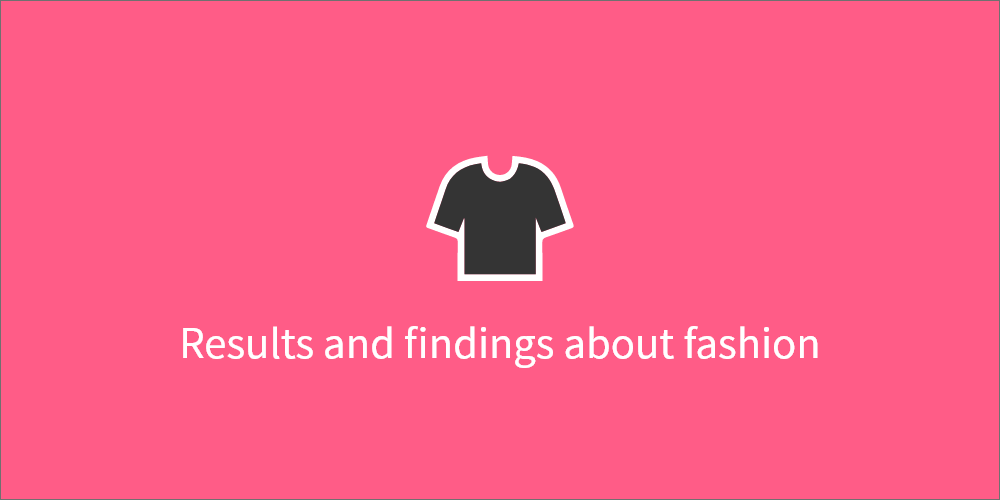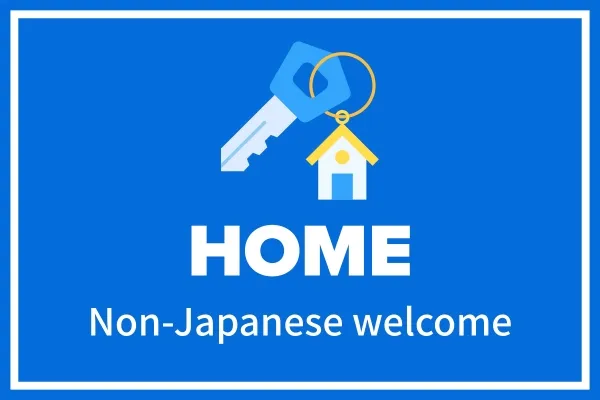Popular Japan Fashion Brands and Shopping Trends Among Foreign Residents

YOLO JAPAN Co., Ltd. (CEO: Taisuke Kaji, Tokyo Headquarters: Minato-ku, Tokyo) Referred to below as “YOLO JAPAN”), which manages one of Japan's largest media sites for foreign residents, with more than 140,000 foreign residents in 226 countries registered, conducted a survey on fashion.
※Survey period: September 30, 2019 - October 30, 2019. Number of respondents: 620 people from 80 countries.
[TOPICS]
1. The top 3 purchased brands are UNIQLO, H&M, and GU
2. In general, people commented about the quality of the "price," "comfort," "long-lasting," and "perfect size," but the designs people liked varied by country
3. One of the problems people face with fashion in Japan is "They don't have my size"
4. People find most fashion information through social media. The amount of purchases in-store and online are almost the same.
**********
1. The top 3 purchased brands are UNIQLO, H&M, and GU
To the question, "Are you interested in fashion?" 94% of respondents answered, "Yes."
To the question "Are there any brands you buy often?" 71% of respondents (439 people) answered, "Yes." Of those who answered yes, we have gathered our top 3 brands: UNIQLO (71%, 311 people), H&M (52%, 229 people), and GU (42%, 184 people).
Following our top 3, favorite foreign brands are ZARA (36%, 157 people), GAP (27%, 120 people), Forever 21 (24%, 104 people), Shimamura (17%, 75 people), and MUJI (10%, 43 people). Among others, import sports brands such as NIKE and Adidas also stood out.
Looking more closely at which nationalities liked which brands, we could also see that different countries tended to prefer different brands.
UNIQLO, which received the most responses, was most popular among Vietnamese respondents. H&M was the second most popular, with particular support from the Philippines and Indonesia. As for GU, they seem to be very popular among respondents from Bangladesh.
<Popular fashion brands by country>
| UNIQLO | Vietnam |
| H&M | Philippines, Indonesia |
| GU | Bangladesh |
| GAP | India, Bangladesh |
| MUJI | Nepal, China |
| Forever21 | Philippines |
| ZARA | Malaysia, Nepal |
| Shimamura | Philippines, Bangladesh |
2. In general, people commented about the quality of the "price," "comfort," "long-lasting," and "perfect size," but the designs people liked varied by country
As for the reason for purchasing certain clothes, overall 73% (453 people) answered "Affordable prices," and closely behind was "Comfortable" at 71% (443 people). Next was "I can wear them regardless of trends" (51%, 314 people) and "The size was perfect" (45%, 276 people).
Looking at trends by country, The Philippines and The United States tended to place particular emphasis on affordability, and the level of comfort was favored by Indonesia. In France, there was a tendency to choose high-quality clothes that could be worn for a long time regardless of trends, and in South Korea, there was a tendency to buy unisex clothes in line with trends from their own country.
<Choosing clothes by country>
| Philippines | Affordable prices |
| America | Affordable prices, ・Clothes that fit just right |
| Vietnam | Clothes that make me look younger, Clothes that are easy to wash |
| China | Clothes that follow the trends in Japan, Clothes that show just enough skin |
| Indonesia | Comfort |
| France | Clothes that don't seem cheap (brand names, etc.), Clothes I can wear for a long time regardless of trends |
| Malaysia | Clothes that show just enough skin, Clothes that make me look more mature |
| Korea | Clothes that follow the trends in my home country, Clothes that the opposite gender will like |
| Bangladesh | Clothes that are not too revealing, Clothes that fit loosely |
| Nepal |
Clothes that make me look younger |
| Australia |
Functionality, Understated design |
| Russia | Functionality |
| New Zealand | Unique design |
|
Germany |
Unique design |
3. One of the problems people face with fashion in Japan is "They don't have my size"
Looking at the answers of the 47% (291 people) who answered "Yes" to the question "Have you experienced any trouble with fashion since coming to Japan?", we can see that 63% (183 people) answered "They don't have my size." Follwing that was "The prices are high" (39%, 113 people), "They don't have what I need" (35%, 103 people), and "I don't know where to shop" (19%, 55 people).
Some of the comments we received in relation to sizes were: "The only brands that carry my size are import (foreign) brands" (USA, female, 40s), "Japanese clothes are too slim and don't fit" (UK, male, 30s), and "Particularly, I can't find my size in jeans" (Vietnam, female, 20s). We also received the comment "The price of hemming pants in Japan is too high. Everyone should do it for the same price as UNIQLO" (Philippines, male, 20s).
Other comments we received include "It is difficult to find hijabs*" (Vietnam, female, teens), "I can't read what materials the clothes are made from" (India, male, 20s), "The washing instructions are only in Japanese" (Nepal, male, 40s), as well as other comments pointing to religious and language problems.
Additionally, there were comments about Japan having too many brands, such as "There are too many choices, I don't know what to choose" (China, female, 20s), and "There are so many brands that I can find a design I like, but I can't find my size" (Canada, male, 40s).
*A hijab is a cloth that a Muslim woman wears to hide her hair in public.
4. People find most fashion information through social media. The amount of purchases in-store and online are almost the same.
To the question "Where do you shop for clothes?", the top answers we received were "Shopping malls" (62% 387 people) and "Online shopping" (60%, 371 people), followed by "Outlet malls" (50%, 309 people) and "Department stores" (48%, 297 people).
Some respondents commented that they use "Mercari," explaining the high use of online shopping and the second-hand wave that extends to foreigners living in Japan.
Job Search Website: YOLO JAPAN
YOLO JAPAN is a website that provides job information for foreigners living in Japan.
Leave your part-time job search in Japan to YOLO JAPAN!
✓Supports English, Chinese, Korean, Vietnamese, and Portuguese
✓No resume required when applying for jobs
✓Scout function for efficient job searching
✓Jobs searchable by Japanese language level
✓Free membership registration








 English
English
 Chinese
Chinese
 Korean
Korean
 Japanese
Japanese
 Vietnamese
Vietnamese
 Portuguese
Portuguese